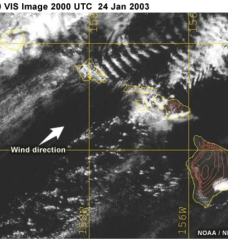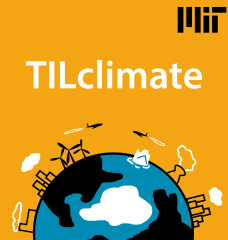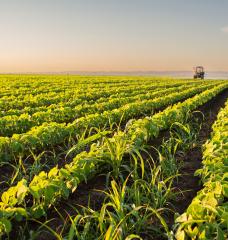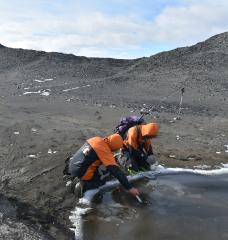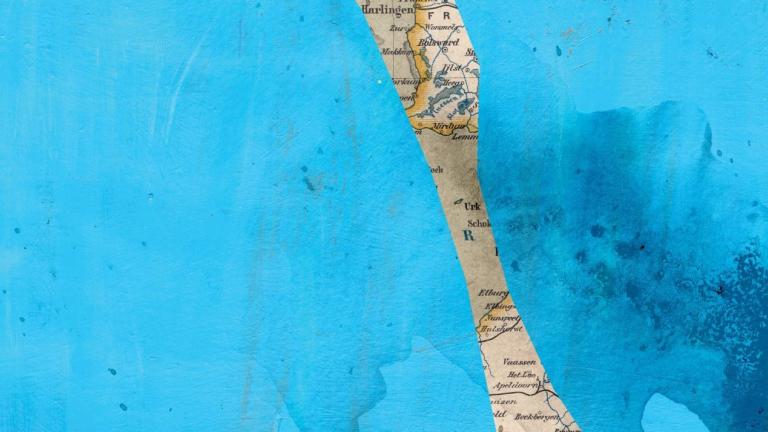
In the world of water, 2021 was yet another year for the record books. Parts of Western Europe reeled from deadly floods that sent rivers surging to levels not seen in 500 to 1,000 years. Destructive floods hit central China as well, displacing more than a quarter of a million people from their homes. Meanwhile, a large swath of the southwestern United States remained locked in a megadrought—the second-driest 20-year period in 1,200 years.
One might think that the impressive water engineering installed in the US and elsewhere over the last century would safeguard society from such catastrophic events. Globally, some 60,000 large dams now capture and store water, allowing engineers to turn rivers on and off like plumbing works. Each year, the world’s cities collectively import the equivalent of 10 Colorado Rivers through vast networks of pipelines and canals. And thousands of miles of artificial levees protect cities and farms from flooding rivers.
In many ways, it’s hard to imagine our world of nearly 8 billion people and $85 trillion in annual goods and services without this water engineering. Cairo, Phoenix, and other large desert cities could never have grown to their present sizes. California’s sunny Central Valley would not have become such an abundant producer of vegetables, fruits, and nuts.
Yet when it comes to water, the past is no longer a good guide for the future. The heating of the planet is fundamentally altering the water cycle, and most of the world is unprepared for the consequences.
One of the most alarming wake-up calls came in 2018, when the city of Cape Town, South Africa, was nearly forced to shut off the drinking water taps of 4 million residents. Three consecutive years of drought had dried up its reservoirs. City officials began publicly announcing “Day Zero”—the date water would no longer flow to household faucets.
Conservation measures helped Cape Town push Day Zero further out—and then, luckily, the rains returned. But no city wants to rely on luck to bail it out of disaster. Scientists later determined that climate change had made Cape Town’s extreme drought five to six times more likely.
Droughts, floods, and other climate-related disasters come with big price tags. In 2017, three large hurricanes in the US were the primary cause of a record $306 billion in damages, more than six times the yearly average since 1980. While 2017 appears to be an outlier, climate scientists expect annual disaster costs of that magnitude to be common by the end of the century.
Tempting as it might be, the solution is not to further bend nature to our will by building bigger, higher, and longer versions of water-engineering infrastructure. It is to work more with natural processes, rather than against them, and to repair the water cycle, rather than continue to break it. Along with water-saving measures, such approaches can create more resilient water systems. They can also help solve our interconnected water, climate, and biodiversity crises simultaneously and cost-effectively.
As floods worsen, for example, instead of raising the height of levees—which often intensifies flooding downstream—we can consider ways to strategically reconnect rivers to their natural floodplains. In this way, we can mitigate floods, capture more carbon, recharge groundwater, and build critical habitat for fish, birds, and wildlife.
Read the full article here: https://www.technologyreview.com/2021/12/23/1041326/water-infrastructure-climate-change-drought-flooding/



